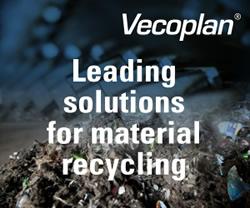Tidal power: An inside look at how it works
.jpg) From EnergyDigital: Tidal power, a sister resource to wind, takes advantage of the predictability of the ocean tides to generate electricity, either via estuary barges or directly from the currents themselves via tidal streams. According to the Ocean Energy Council, the ideal area to net the most potential power is an area with a tidal range of at least seven meters. Energy can be generated via floating devices that drive hydraulic pumps, oscillating water columns within cylindrical shafts to create air movement, or hydropower turbines.
From EnergyDigital: Tidal power, a sister resource to wind, takes advantage of the predictability of the ocean tides to generate electricity, either via estuary barges or directly from the currents themselves via tidal streams. According to the Ocean Energy Council, the ideal area to net the most potential power is an area with a tidal range of at least seven meters. Energy can be generated via floating devices that drive hydraulic pumps, oscillating water columns within cylindrical shafts to create air movement, or hydropower turbines.
The Pacific Northwest coast of the United States is an excellent location for tidal power, given its broad range of tide movement. According to Renewable Northwest, some areas of potential development include:
• Makah Bay, Washington (by AquaEnergy Group)
• Newport, Oregon (by Oregon State University / Oregon Department of Energy)
• Tacoma Narrows (by Tacoma Power)
• Puget Sound (by Snohomish County Public Utility District)
The following sites are under development in Wales due to their wide tidal height variation and economically receptive marketplace:
• Swansea Bay (by Tidal Lagoon Swansea Bay)
• St. Asaph (by North Wales Tidal Energy & Costal Protection)
As a whole, the UK has the potential for over 11,000 MW, a staggering amount given the relatively small landmass of the country. This makes it the single largest source of hydrokinetic power in Europe, enough theoretically support 10 percent of the world’s energy consumption. Cont'd...
Comments (0)
This post does not have any comments. Be the first to leave a comment below.
Featured Product

